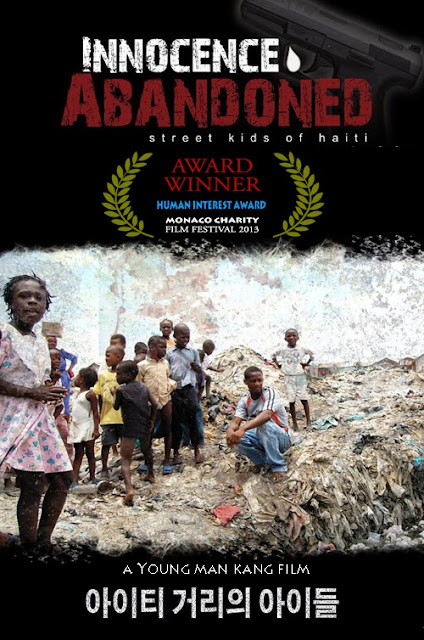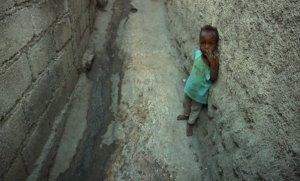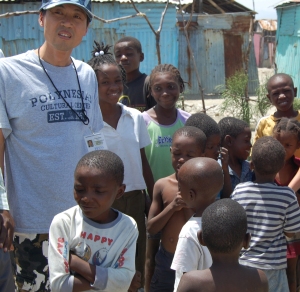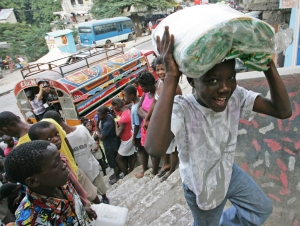FILM THREAT’S TOP FILMS OF 2013

Our writers see so many films over the course of the year, not just the theatrical-friendly, critically revered and/or festival-darling fare, that our choices for the best films of the year can be all over the place. Still, each year we submit our lists and see what shakes out. Some writers have simply listed their picks, some didn’t respond and others have written more… much more. Is there an overall Top Ten consensus to be had from all of this? Not quite…
Utilizing the films chosen by our writers in either the best overall films, or in their subcategories of best narrative and documentary films, we’ve compiled 8 films that were on enough lists to be considered the Top Films of 2013, with an additional 18 films listed more than once, and therefore worthy of an Honorable Mention.
That said, please don’t stop at only the top two lists, but explore the individual writers’ picks, as there are far more films worth checking out. Here’s the overall Top Films of 2013 and Honorable Mentions followed by, in alphabetical order by writer, the individual picks for their Top Films of 2013…
Read more: http://www.filmthreat.com/features/73426/#ixzz2ozxY93N5
Phil Hall
- The Book of Jane. Antero Alli’s profound drama on the friendship between an enigmatic homeless woman and an emotionally brittle professor offers a wealth of challenges to subjects ranging from gender empowerment to emotional attachment.
- Charulata – The retro release of this year is this long-overdue restored version of Satyajit Ray’s 1964 classic about a sheltered woman’s rocky journey to intellectual and emotional self-determination. The Criterion Collection, which released this film on DVD and Blu-ray, deserves special praise for making this and other long-unseen films by Ray’s available to a new generation of film lovers.
- 55 Socks – Animator Co Hoedeman brings uncommon sensitivity to this adaptation of the Marie Jacobs poem on survival during the Nazi occupation of the Netherlands.
- Innocence Abandoned: Street Kids of Haiti – Young Man Kang’s documentary offers a harrowing view of how seemingly benevolent nonprofits have exploited orphaned boys in today’s Haiti.
- Isolated – Justin LePera’s remarkable documentary follows a group of carefree surfers whose search for the perfect wave takes them to the Indonesian territory of West Papua – and into an unexpected political minefield.
- Kiburi – Justin Melillo created this short, sweet, irresistible 3D animated film about a lost lion cub befriended by a family of fireflies.
- The Loss – Turkish filmmaker Mete Sozer crafted a wonderful short film that questions whether time actually heals all wounds.
- The Painter – Thomas K. Delson helmed this wonderfully eerie short drama about a housepainter who turns psychotic following his role in a violent love triangle. Needless to say, the painter’s approach to home decoration will not be seen on HGTV.
- Protector of the Kingdom – Kelly DiMauro’s short drama on the heated confrontation between a reckless teenager and her beleaguered stepmother was fueled with an intensity and maturity that too often lacking in many contemporary indie films.
- Real Change – Adam Michael Becker’s documentary short on the lives of homeless men in Seattle offers a poignant and disturbing view of contemporary poverty.
Read more: http://www.filmthreat.com/features/73426/#ixzz2ozxiS9Jh









